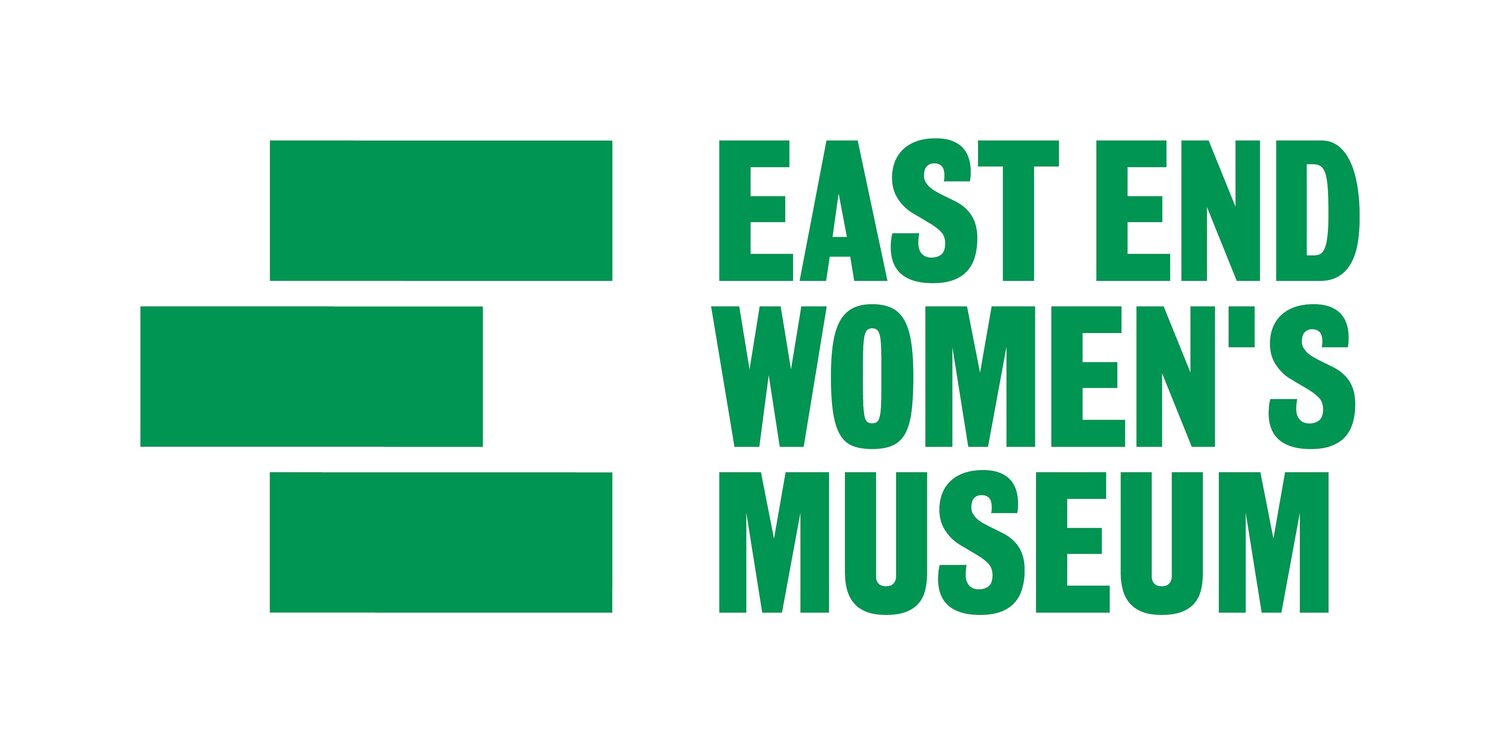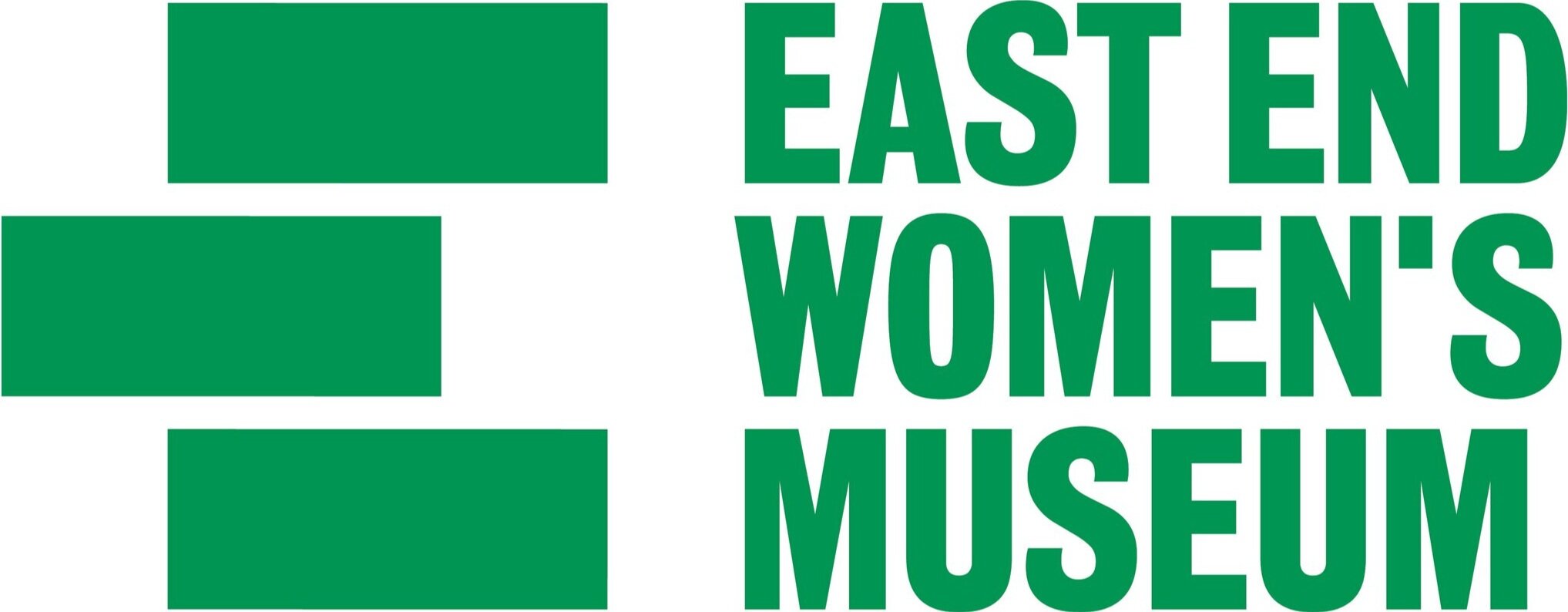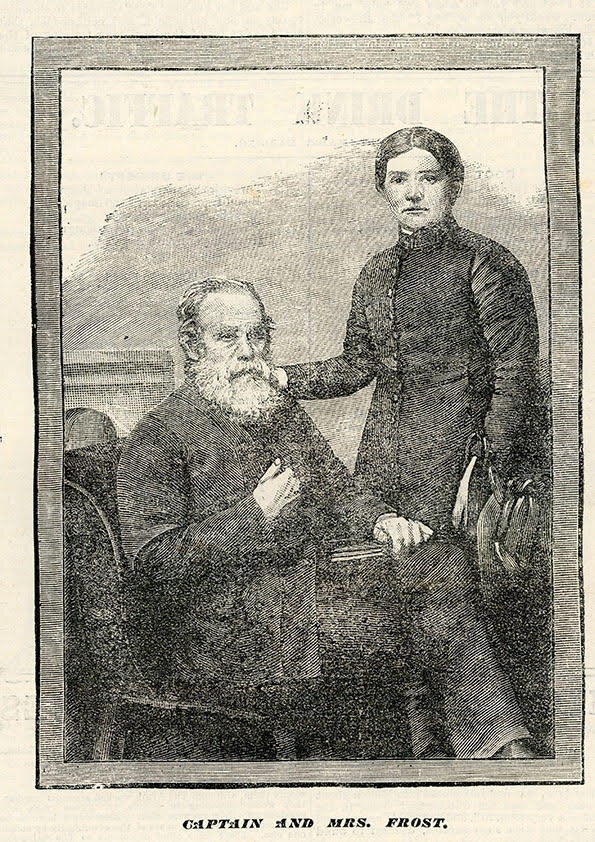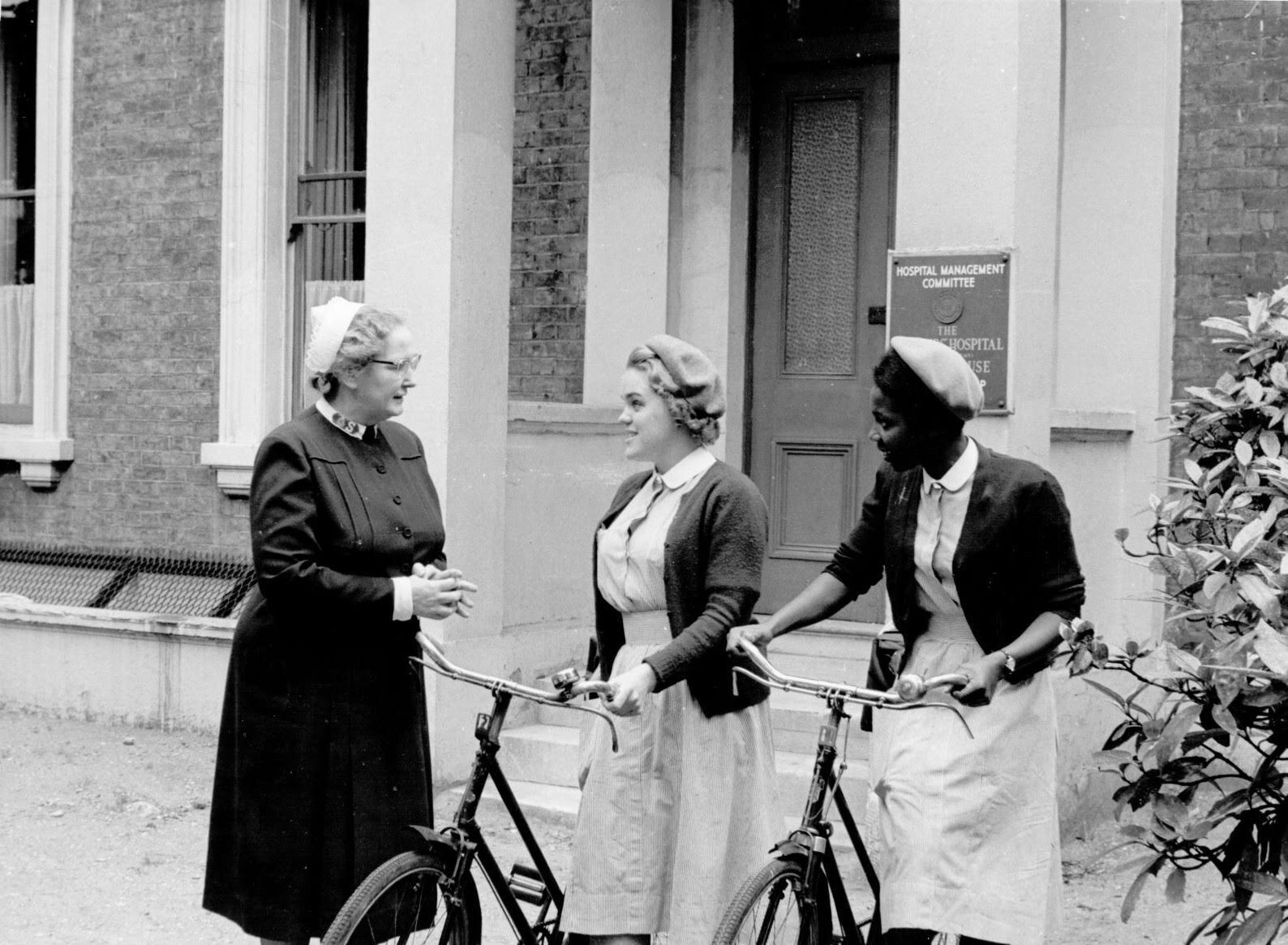Read all about the 20th-century history of the Salvation Army midwives and their work in the East End. With many evocative archive images, courtesy of the Salvation Army International Heritage Centre.
Driven by compassion and faith, The Salvation Army has, since its inception, endeavoured to serve those in greatest hardship. Following the creation of this working-class religious order in 1878, their social support work soon flourished into a regime of its own. Born from the desire to save people economically and morally, as well as spiritually, Salvationist women began providing shelter to unmarried mothers from the streets of London’s east end in the 1880s.
With very few maternity homes in existence, and those that were dedicated to married mothers only, there were precious few facilities for unmarried mothers at the turn of the century. What began as a series of small private homes in which female Salvation Army officers delivered babies for the ‘fallen’, developed into a collection of District Maternity Posts and a dedicated Mothers’ Hospital that served the women of the East End for a century.
Salvation Army Officer and District Nurses with East End babies, 1926. Image: Salvation Army International Heritage Centre
THE FIRST ‘OFFICER MIDWIFE’
At the fin de siècle many religious orders and charitable institutions were run exclusively by men, however from its founding days The Salvation Army endorsed the rights of women’s spiritual prowess and leadership; and in consideration of this, The Salvation Army’s Women’s Social Work was not only carried out by women but also marshalled by women. The Women’s Social Work department was run under the management of Florence Booth [née Soper] (1861-1957) from its foundation and it was she who recruited The Salvation Army’s first midwife in 1886 – Captain Caroline Frost [née Knight]– who relocated from Guernsey to London to fulfil her calling.
Captain Caroline Frost with her husband, Captain William Frost, The War Cry, 29 June 1889, p3. Image: Salvation Army International Heritage Centre
Caroline’s prior efforts to care for women in Guernsey were remodelled in the capital – initially at 52 Blenheim Street, Chelsea, which became a base for female Salvation Army officers to ‘rescue’ women from the streets. In 1889 Caroline moved to Brent House at 271 Mare Street, Hackney (later renamed Ivy House) which, established in 1884, was The Salvation Army’s first centre dedicated to the confinement of expectant unmarried mothers. As well as caring for The Salvation Army’s ‘rescue girls’ herself, Caroline also trained many other Salvation Army officers in the profession of midwifery. As the dedicated team of trained Salvation Army midwives and nurses grew – from the expertise and experience of Caroline Frost – so did the demand for their services. As such, the success of The Salvation Army’s maternity work expanded into several sites across east London, eventually leading The Salvation Army to purchase and build a specialised Mothers’ Hospital in Lower Clapton to centralise this work.
THE MOTHERS’ HOSPITAL
Front view of The Salvation Army Mothers’ Hospital, undated. Image: Salvation Army International Heritage Centre
The Mothers’ Hospital was opened on 4th July 1912 by Queen Victoria’s daughter and artist, Princess Louise. The Hospital continued to uphold the teaching tradition that had been established by Frost at Ivy House. Midwives were trained to the standards of the London Obstetrical Society and of the Central Midwives Board (CMB), which had recently become a requirement following the first Midwives Act of 1902 that initiated the process of professionalisation of the role.
Due to ever-increasing demand, the Mothers’ Hospital was designed to accommodate 600 births per year, however by the 1930s the midwives were delivering around 2000 babies annually – not to mention the work from District Posts! In addition to providing onsite deliveries for both married and unmarried women, the Mothers’ Hospital was administering multiple District Maternity Posts across Clapton, Homerton, Hackney, Bethnal Green, Lea Bridge and Shoreditch. As well as responding to calls for the birth, District Nurses would visit the mother before and after her delivery to impart advice on caring for the baby and support the mother’s recovery following delivery.
‘The Nursing Staff of our Mothers’ Hospital’, The Deliverer, May 1916. Image: Salvation Army International Heritage Centre
Changing faces of 20th-century midwifery:
Left: Salvation Army District Nurses visiting a mother and her newborn baby, undated
Right: Trainee midwives learning how to bathe a baby following delivery, undated
Images: Salvation Army International Heritage Centre
BRIGADIER/NURSE MABEL POOLE
Brigadier Mabel Poole (second from the left) in Salvation Army uniform, c1950. Image: Salvation Army International Heritage Centre
One such nurse to be trained at the Mothers’ Hospital was Brigadier Mabel Poole (1892-1987). After working as a children’s nurse, Poole was called to Salvation Army officership in 1912; following officer training along with her prior experience, she was placed in the Women’s Social Work Department. Poole worked for three years in two local Salvation Army maternity centres in the east end – Lorne House Home for Mothers and Infants and Cotland Mother and Baby Home before undertaking official midwifery training at the Mothers’ Hospital between 1916 and 1919. Making further use of her midwifery training, Poole then went on the serve in South India, delivering babies and caring for infants at several hospitals established there over a 32 year period.
POST-WAR DEVELOPMENTS
Following its recognised success and value to the local community the Mothers’ Hospital was delivered into the hands of the newly formed NHS in 1948 to continue services as a part of the newly centralised Hackney Group of Hospitals but continued to operate with Salvation Army midwives until 1986. Throughout this time Salvation Army midwives also continued to provide visiting services in the local community for the 45% of women who still wished to give birth at home. In 1952 a further site on Lower Clapton Road was also purchased by The Salvation Army - Lorne House (taking its name from the former Home for Mothers and Infants) – which was dedicated solely to the training of nurses and midwives. Upon its closure in 1986 the obstetric expertise from the Mothers’ Hospital was transferred to the nearby Homerton Hospital, which to this day retains a strong focus on midwifery and women’s health.
Salvation Army District Midwife outside Lorne House, c1950s. Image: Salvation Army International Heritage Centre
Trainee District Nurses at the Mothers’ Hospital, c1970s. Image: Salvation Army International Heritage Centre
Although the majority of the original complex no longer exists and no longer caters to the maternity needs of east end women, the iconic frontage of the Mothers’ Hospital still stands and can be found by an interested explorer at 143-153 (previously denoted as 153-156) Lower Clapton Road, Hackney.
The Salvation Army Mothers’ Hospital with two District Nurses in the foreground, undated. Image: Salvation Army International Heritage Centre
The former Mothers’ Hospital, May 2020
Bibliography and Further Reading
Davis, Angela. ‘Wartime women giving birth: Narratives of pregnancy and childbirth, Britain c. 1939–1960’, in Studies in History and Philosophy of Biological and Biomedical Sciences, 47 (2014) 257–266
Grimaldi, Virginia. ‘The Single, Unwed, and Pregnant in Victorian London: Narratives of Working Class Agency and Negotiation’, Madison Historical Review, Spring 2017
Reid, Alice. ‘Birth Attendants and Midwifery Practice in Early Twentieth-century Derbyshire, Social History of Medicine, Volume 25, Issue 2, May 2012, Pages 380–399
The Salvation Army International Heritage Centre www.salvationarmy.org.uk/international-heritage-centre
London Metropolitan Archives www.cityoflondon.gov.uk/things-to-do/london-metropolitan-archives/Pages/default.aspx - LMA has a fantastic library of digital photographs including several of the Mothers’ Hospital and other Salvation Army buildings in London
Lost Hospitals of London https://ezitis.myzen.co.uk/mothers.html
Author
Chloe Wilson works and volunteers in the heritage sector in London with historical interests primarily in gender and political history. Twitter: @chloevwilson
Image at the top of this article: Trainee midwives learning how to deliver a baby, undated. Image: Salvation Army International Heritage Centre











![Trainee midwives learning how to bathe a baby following delivery, undated [Salvation Army International Heritage Centre]](https://images.squarespace-cdn.com/content/v1/58eb9f4d46c3c45cf0e02ec0/1593354393024-OSIONTX7ATVJMWQSUPHL/SA6.jpg)




